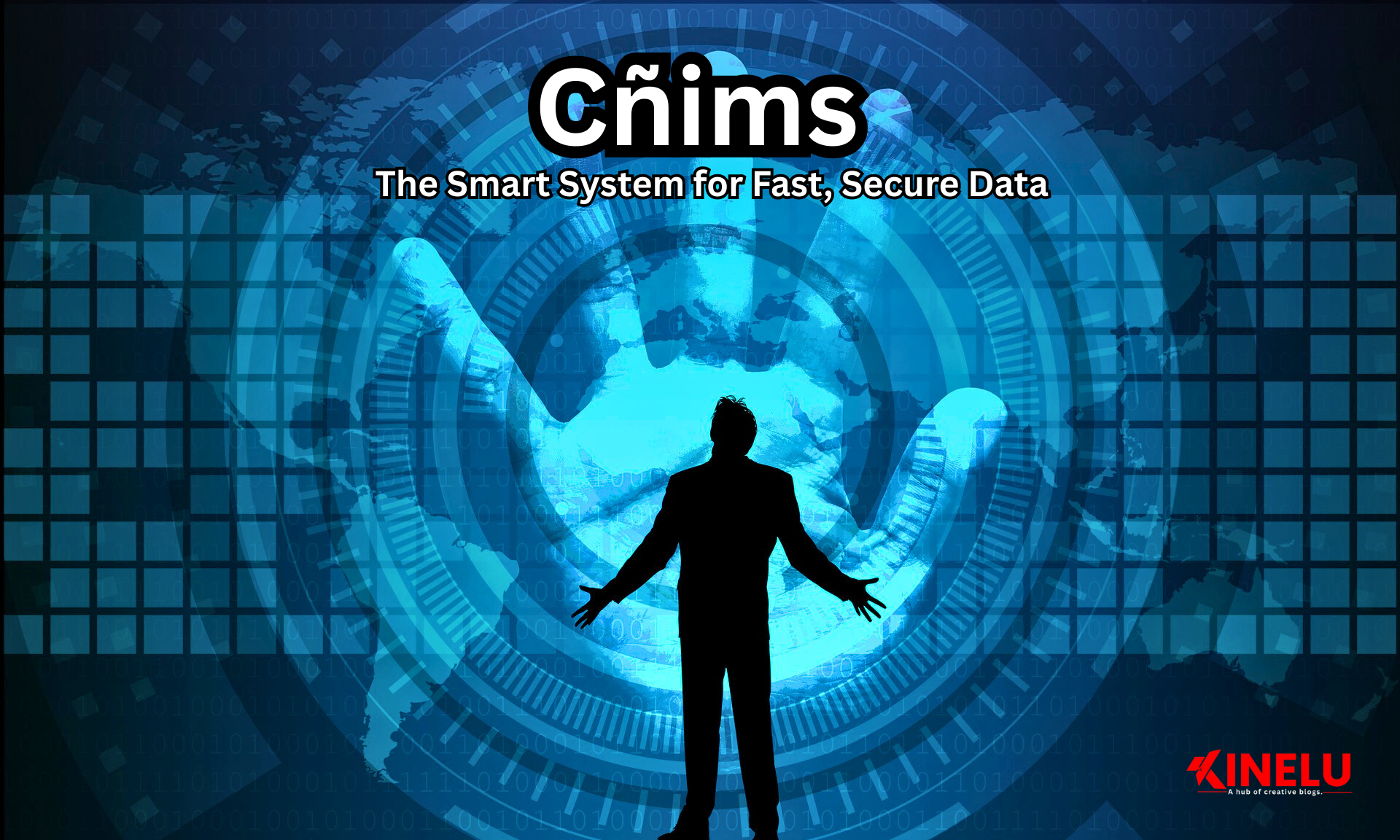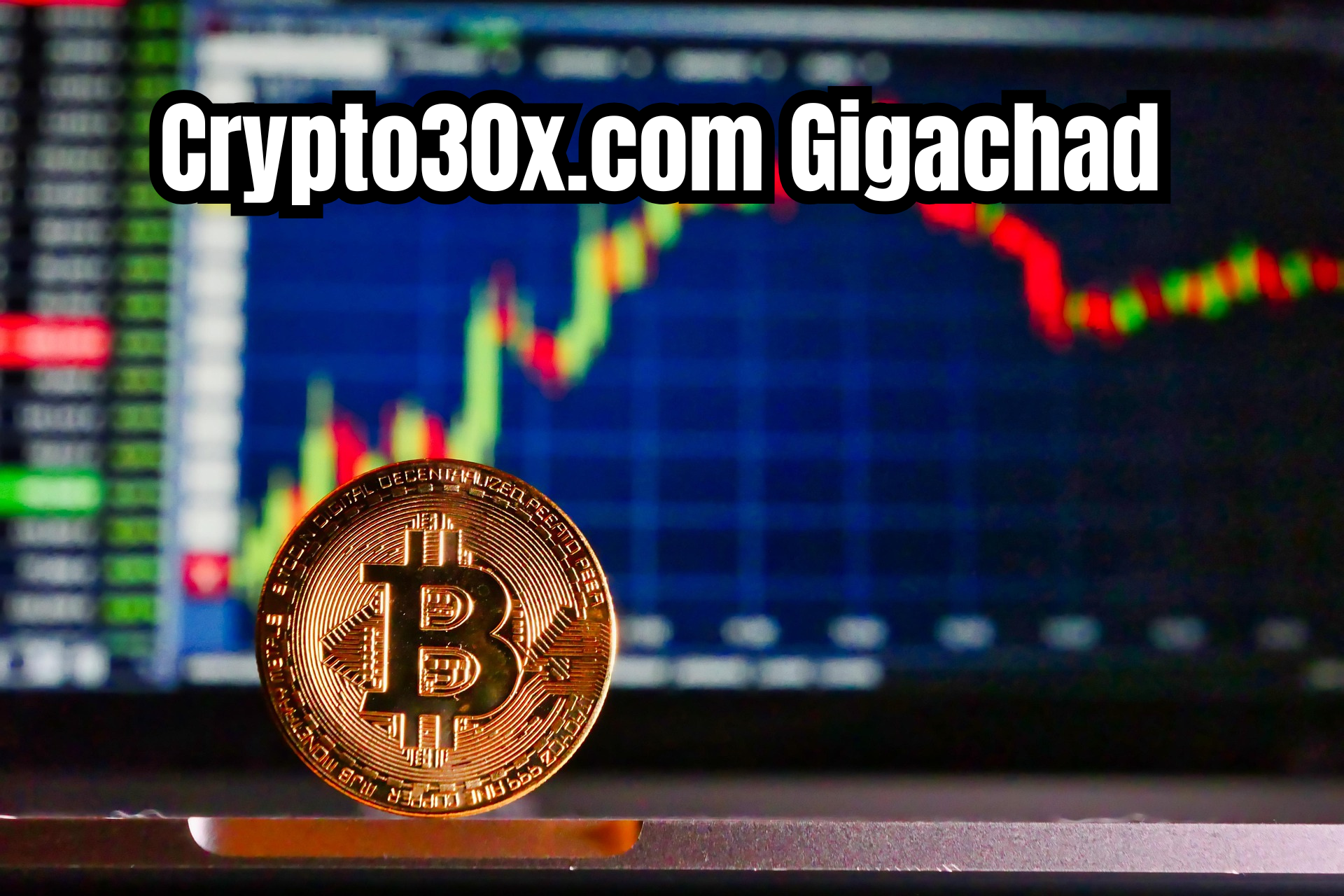Vinted For Laboratories
How does used equipment opens new research doors?
Few people have not heard of the new trend app that is well known to all women, and even some men. Although Vinted was founded back in 2008, it has only in the last few years improved and broken into the markets of all over Europe. But did you know that they have started to apply the same concept in other industries? Have you heard that there is a startup that sells used laboratory equipment?
Wasteless.bio

The new platform, founded in 2024, is a real refreshment in the world of the scientific community. To begin with, it is important to emphasize that Wasteless.bio differs from Vinted, and the main and only difference is that Wasteless.bio sells used but never used laboratory equipment, while Vinted trades exclusively used pieces of clothing. But the concept is the same.
Scientists, laboratory staff and various government and private research centers are connecting on a new platform whose idea is to give a new life to surplus unused laboratory equipment. Centrifuges, pipettes, incubators and many other laboratory equipment, instead of gathering dust, get a new chance to be used for scientific work. A simple system that many scientists use very well, and it also saves money.
How does Wasteless.bio affect waste reduction?

Unlike typical classifieds, Wasteless.bio focuses on “unused but surplus” equipment. Larger scientific and research centers often change the direction of their research too quickly or simply order the latest laboratory equipment. In this case, the “old” equipment is rarely or never used, and it is put aside, i.e. in a warehouse or, even worse, thrown into the trash.
The platform introduces a transparent catalog with detailed technical descriptions, controlled delivery conditions and provides a instruments in good working condition, which gives the customer additional security. In this way, the main barrier that has hindered the market of used laboratory instruments for years, and that is distrust, is erased.
Ecological calculation is equally important. According to the platform’s internal data, extending the lifespan of a single lab incubator saves about 300 kg of CO₂ equivalent on average, which cumulatively translates into significant emission gains. Wasteless.bio therefore positions itself as a key cog in the circular scientific economy: lower demand for new production means less consumption of energy, metals and plastics, but also a drastically smaller volume of e-waste, a category whose growth in Europe is alarmingly fast.
How much can one save on Wasteless.bio?
The financial impact for people and centers who use the Wasteless.bio platform is sensitive now. The average savings on Wasteless.bio range between 40 and 70 percent compared to the prices of new devices, which can extend the “runway” for young biotech companies for entire months. Given that the cost of laboratory infrastructure often accounts for up to a third of the total budget of early research, reducing this pressure frees up funds to hire talented scientists or for additional experiments.
In some cases, the savings can go up to 100 percent because certain surplus equipment is donated through the platform instead of sold. This model enables underfunded labs, academic institutions, and nonprofit research groups to access critical instruments at no cost, making Wasteless.bio not just a marketplace, but a bridge between abundance and need.
Still, challenges remain. Standardization of service protocols, removal of bureaucratic obstacles in cross-border transport of equipment and education of laboratory staff on the benefits of “reuse” culture are only the first steps. However, judging by the trend of second-hand textiles, which has gone from a niche practice to mainstream, laboratories could soon accept that the second hand is not second class. Wasteless.bio is not only changing budgets but also paradigms, since science is no longer the privilege of the equipped, but a collaborative endeavor in which every centrifuge, whether new or old, has an equal chance of pushing the next scientific discovery.











